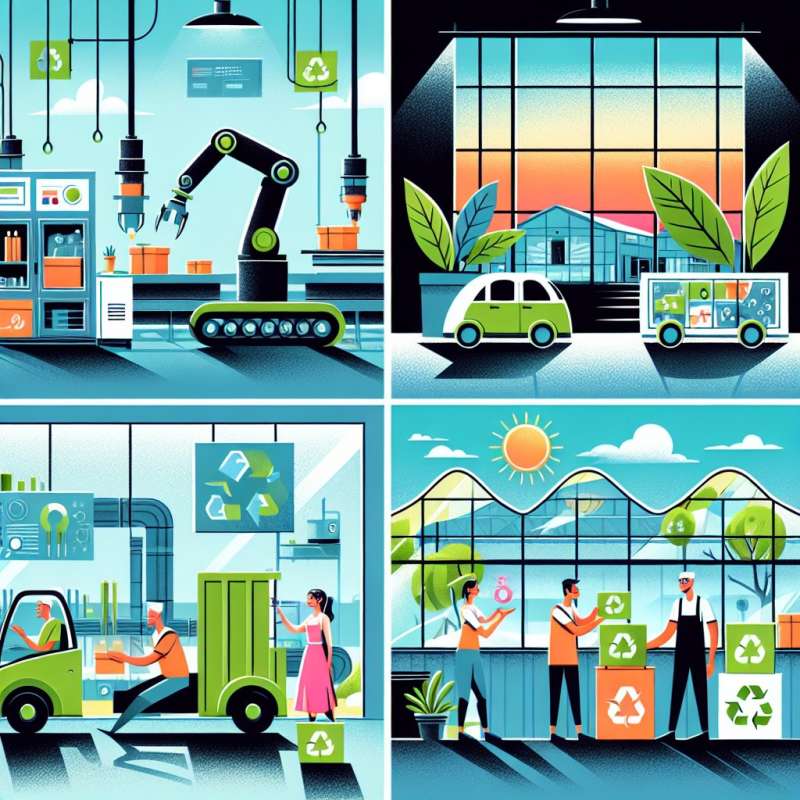
Chemistry CLM Introduction
Chemistry CLM refers to Chemical Lifecycle Management. It's an approach focusing on a chemical's lifecycle from production to disposal, optimizing use and minimizing environmental impact.
Lifecycle Stages Explained
There are four main stages: manufacturing, distribution, usage, and disposal. Each stage is analyzed for risks and efficiency, ensuring sustainable management of the chemical substance throughout its life.
CLM's Role in Sustainability
Chemistry CLM plays a crucial role in sustainability. It integrates environmental, health, and safety considerations, reducing waste and emissions while promoting recycling and resource recovery.
Economic Benefits of CLM
Adopting CLM can lead to significant cost savings for companies. Efficient use of chemicals reduces expenses, and proper disposal avoids potential regulatory fines.
CLM Compliance and Regulations
Governments worldwide are enacting regulations to enforce CLM practices. This ensures that companies are accountable for the entire lifecycle of their chemical products.
Technology in CLM
Advanced technologies like AI and IoT are revolutionizing CLM. They provide real-time data for better tracking, usage patterns analysis, and predictive maintenance of chemical products.
CLM's Future Developments
Future CLM strategies may include molecular recycling, where chemical products are broken down to their basic molecules and remade, offering a new horizon in sustainability.
What does CLM in Chemistry stand for?
Chemical Lifecycle Management
Chemical Linear Methodology
Chemical Level Monitoring
Company